
Education system of Denmark
Denmark – the country of almost general literacy. Among adults the share of illiterate does not exceed 1%. The education system is in Denmark under control of the state. The general principles of education are established by government bodies. All averages and higher educational institutions generally are state, subordinated to the Ministry of Education or the Ministry of Culture.
The Danish education system gives an opportunity of access to school, high school, and also the majority of types of the higher education. Visit of Folkeskole (high school) or equal education is obligatory for at least 9 years. Just the same education can be got at private schools or when training at home. About 99% of pupils attend high school, 86% — high school and 41% continue the training in higher educational institutions. All training in Denmark is free, there is also no payment at transfer. Pupils in high school can apply above for the Student’s Help which provides the fixed financial aid paid monthly — analog of a grant.
The Danish education system works since 1994. It gives complete control to parents — they solve, to go to the child to school or not. The law provides compulsory education from 7 to 16 years. Receiving compulsory (special) education — is free. Period of compulsory education: since August 1 of that year when the child was 7 years old, and till July 31 of that year when the child finished the 9th class.
Primary education in Denmark is called “den Danske Folkeskole” (“The Danish high school”). It begins with a kindergarten класса/0th-go class (“bornehaveklasse”/” 0. Klasse”) also comes to an end with the 10th class though the 10th class is not obligatory. Pupils can visit both free schools (“Friskole”), and private schools (“Privatskole”), that is schools which are not under control of municipalities, such as Christian schools or Valdorfsky schools. The international program for an assessment of educational achievements of pupils operated by OECD put the Danish education on the 24th place in the world in 2006 that is not either magnificent, nor awful result of rather average value of OECD.
After release from Folkeskolen, there are several ways of further education, including the Gymnasium (academically focused high school), the Highest preparatory ekzamenovka (Hojere Forberedelseseksamen or HF) (it is similar to a gymnasium, but is one year shorter), the Highest Technical Examination Program (HTX, Hojere Teknisk Eksamen), with the emphasis on mathematics and engineering, and also the Highest Commercial Examination Program (Hojere Handelseksamen, abbreviated HHX), with the emphasis on trade and business. Besides, there is also a professional education, training young people of a certain specialization in trade by means of combination of training and practice.
Gymnasiums, HF, HTX and HHX set as the purpose training of pupils for the higher education at universities and colleges.
System of the higher education in Denmark
On so-called binary structure institutes of the higher education of Denmark are divided into 2 sectors:
sector of university
sector of college, i.e. professionally focused sector of the higher education.
The students getting the Danish higher education work independently and show an own initiative. Also as well as during visit of traditional lectures, students are trained in small groups where as it is supposed, they actively work. The part of their training consists of the independent project and research work. The majority of courses towards receiving degree are independent, and students choose area of specialization at sole discretion. All programs include preparation of the report on the large project, the thesis.
The university sector includes 12 universities, some of them are the universities consisting of several faculties whereas others specialize in areas, such as construction, education, veterinary science, agronomics, pharmacology and business. Besides, there are 13 institutes training for the expert in architecture, art, music, etc. Private higher educational institutions in Denmark are forbidden. Training at such institutes has to be based on research activity: it is the fundamental principle for all universities pursuing the aim to achieve high standards according to all programs. The university sector includes only those institutes which offer various degrees, including the highest academic level, for example the doctor’s degree.
The sector of college includes about 100 specialized institutes of the higher education offering professionally focused programs:
The colleges offering programs of an intermediate-term cycle, generally baccalaureate degrees.
The professional colleges offering programs of the reduced cycle, generally 2-year academic professional degrees.
According to the act signed by parliament in 2000 the majority of the colleges offering degrees of the professional bachelor merged in the centers of the higher education of wider profile (CVU). CVU colleges are a new type of the institutes formed for the purpose of strengthening of provision of professionally focused types of the higher education and creation of new opportunities for further education. The majority of the colleges appropriating the academic professional degrees formed academies of professional higher education.
Transfer in higher educational institutions of Denmark
The main requirements for receipt in Denmark – 12 years of education, including one of the following final school examinations or qualifications:
studentereksamen (stx) – final examination of the higher high school
hojere forberedelseseksamen (hf) – the highest preparatory examination
hojere handelseksamen (hhx) – the highest examination in business
hojere teknisk eksamen (htx) – the highest technical examination
Transfer on the academic professional programs is also possible on the basis of the equivalent 3-4-year professional educational and training programs added with adequate courses of the main higher secondary education (mathematics, physics, English). Alternative transfer on certain programs on receiving degree of the bachelor is possible on the basis of equivalent educational qualification (as a rule, professional degree of the bachelor) plus 2-3 years of practice.
Transfer on many training programs depends on implementation of specific requirements. The requirements concerning the level of objects, the received results, practice, etc. can concern to them. Transfer on programs for certain areas, for example, to art and music, demands passing of the entrance examination estimating talent.
The ministry is responsible for that on a certain field of science the maximum number of students could graduate. Individual institutes can limit reception on certain programs for a certain field of science.
Students submit the application for receipt to compliance with the KOT system. Each institute selects students according to the main requirements. Available places are subdivided into 2 quota systems. Places in the first quota are distributed between the candidates possessing the Danish and equivalent school certificates on the basis of their average result. Places in the second quota are given to candidates by an individual assessment of institute.
Examinations and diplomas
Students are obliged to take examinations upon termination of each course. All exams at the Danish institutes of the higher education are held not only the teacher, but also the independent examiner. Independent examiners are responsible for that they examined were applied to all identical the standard. Upon termination of the full program the diploma, etc. is appropriated to the student.
Since September 1st, 2002 all institutes of the higher education are obliged to release the application in English for all graduates. It becomes free of charge.
Use of the credits of ECTS became obligatory on all programs of the higher education.

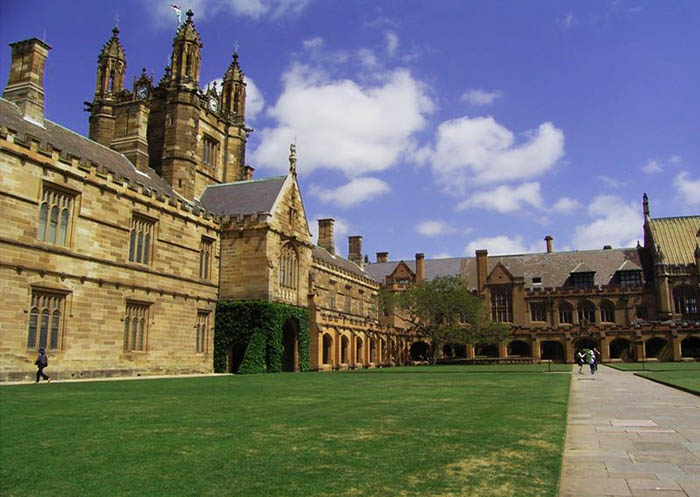
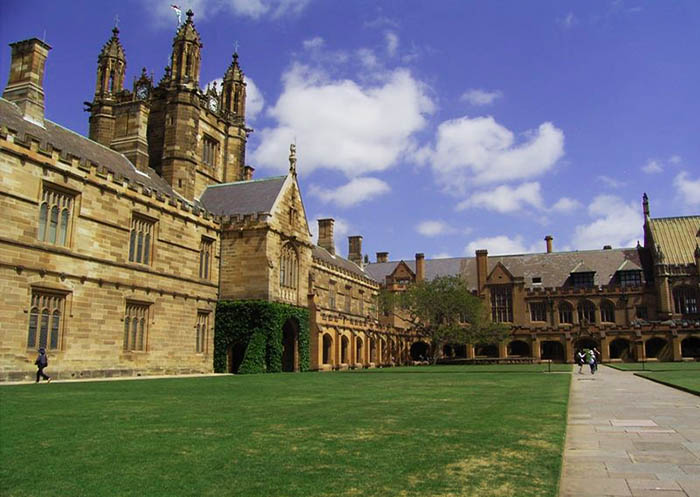
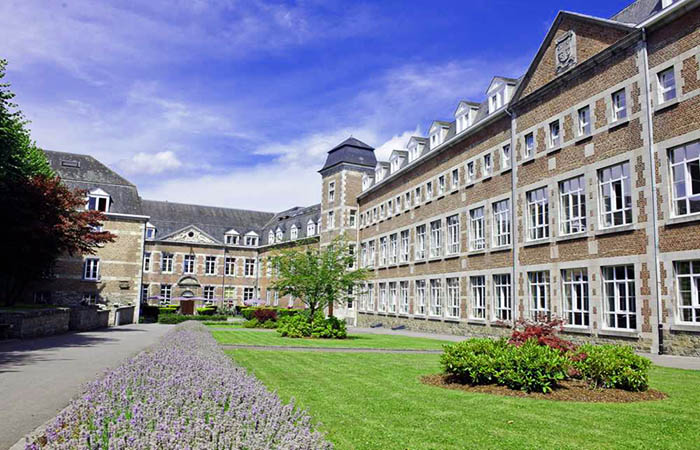
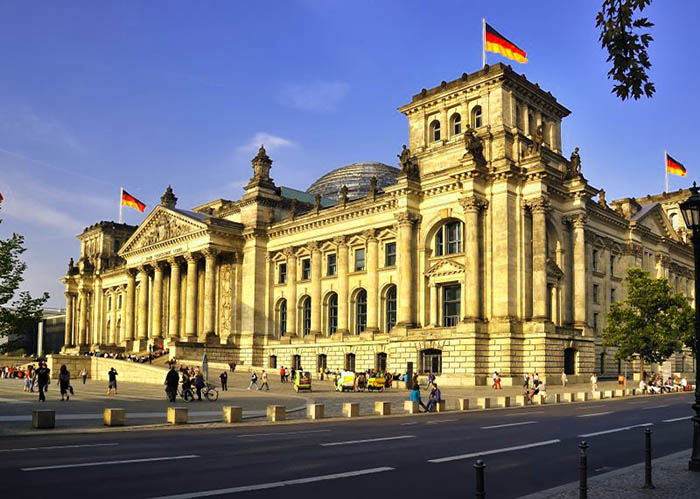
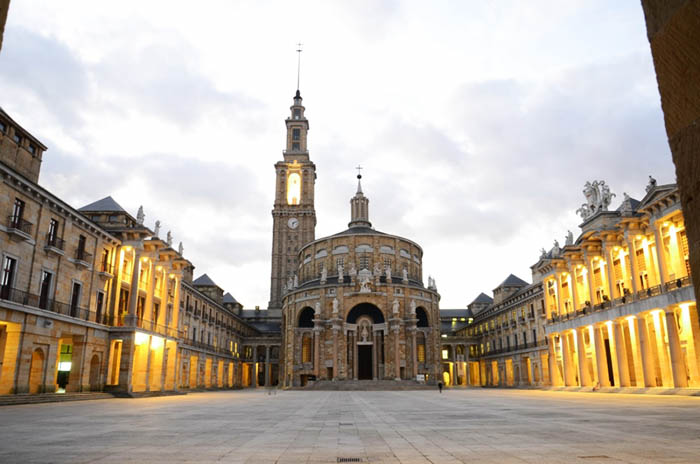
Leave a Reply